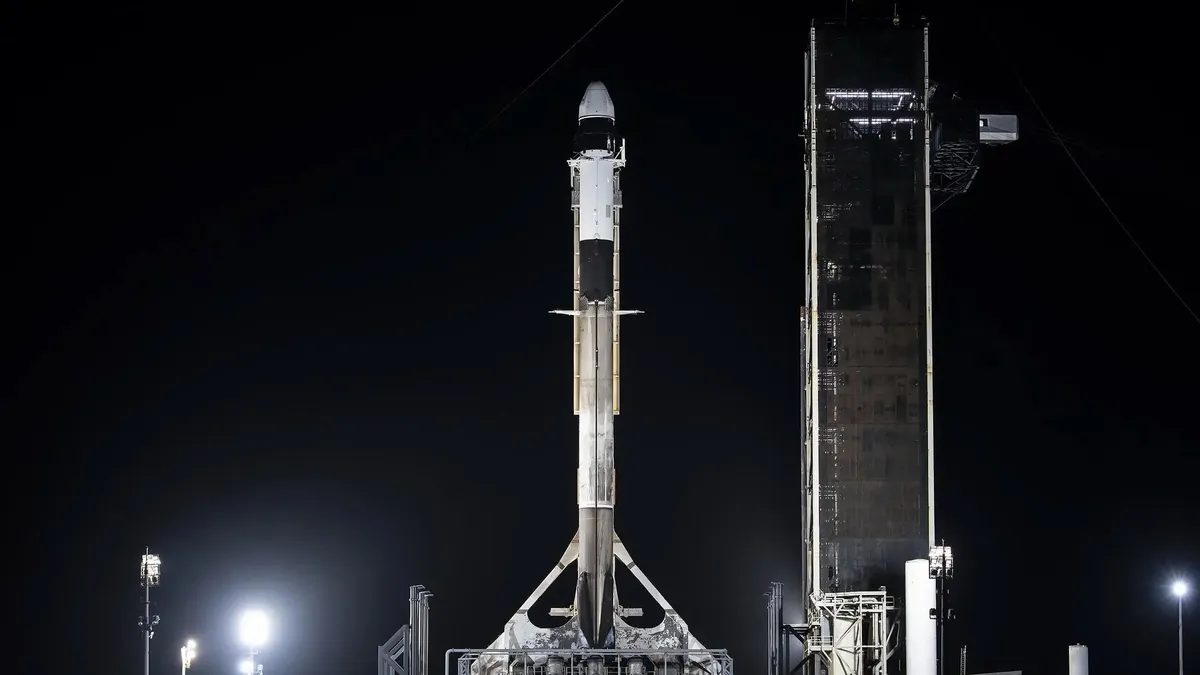
On April 21, SpaceX is set to launch its next robotic resupply mission to the International Space Station (ISS). This highly anticipated event will take place early Monday morning at 4:15 a.m. EDT (0815 GMT) from the iconic Pad 39A at NASA's Kennedy Space Center in Florida. Enthusiasts can watch the launch live on Space.com, courtesy of NASA, with coverage starting at 3:55 a.m. EDT (0755 GMT).
The upcoming launch marks the beginning of the CRS-32 cargo mission, which is notable for being the 32nd flight SpaceX conducts under its commercial resupply services contract with NASA. This mission is critical for maintaining the ISS and supporting the astronauts aboard.
The Dragon cargo capsule, which is uncrewed, is set to carry approximately 6,700 pounds (3,040 kilograms) of cargo on this journey. Among the essential supplies, including food and equipment for the crew, Dragon will deliver a variety of innovative experiments aimed at advancing scientific knowledge.
One of the exciting experiments aboard the Dragon capsule involves a demonstration of refined maneuvers for free-floating robots. This experiment could pave the way for future robotic operations in space. Additionally, an enhanced air quality monitoring system will be included, designed to protect crew members during exploration missions to the Moon and Mars.
Another fascinating payload consists of two atomic clocks. These clocks will help examine fundamental physics concepts such as relativity and test the worldwide synchronization of precision timepieces, which is essential for various scientific applications.
After completing its mission, the Dragon capsule is scheduled to return to Earth sometime next month. It will safely splash down in the Pacific Ocean off the coast of California, bringing back a wealth of scientific experiments and other gear that will contribute to ongoing research and development efforts.
Stay tuned for live updates and coverage of this exciting launch, as SpaceX continues to play a vital role in advancing space exploration and research aboard the ISS.